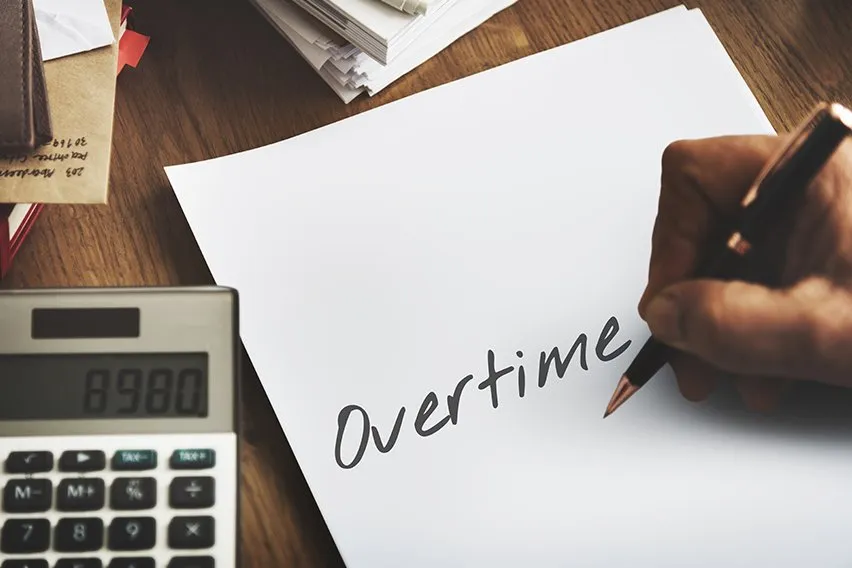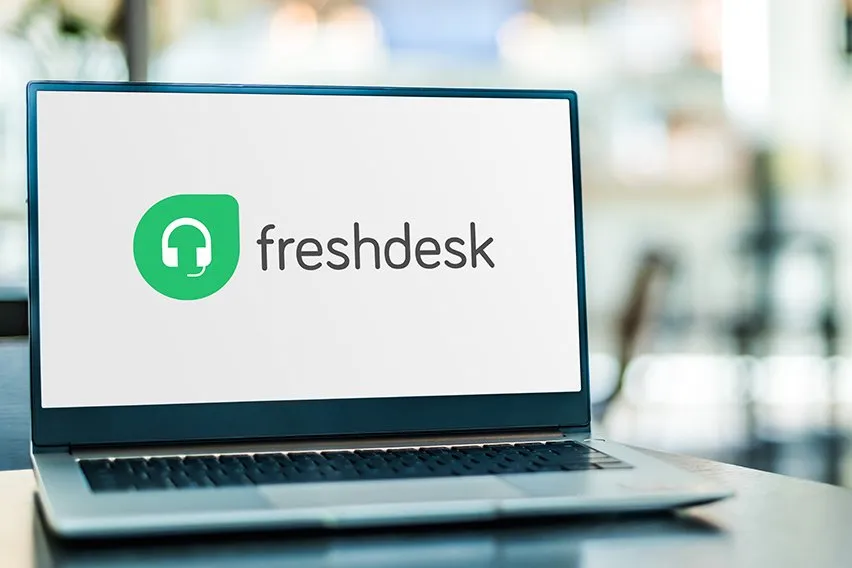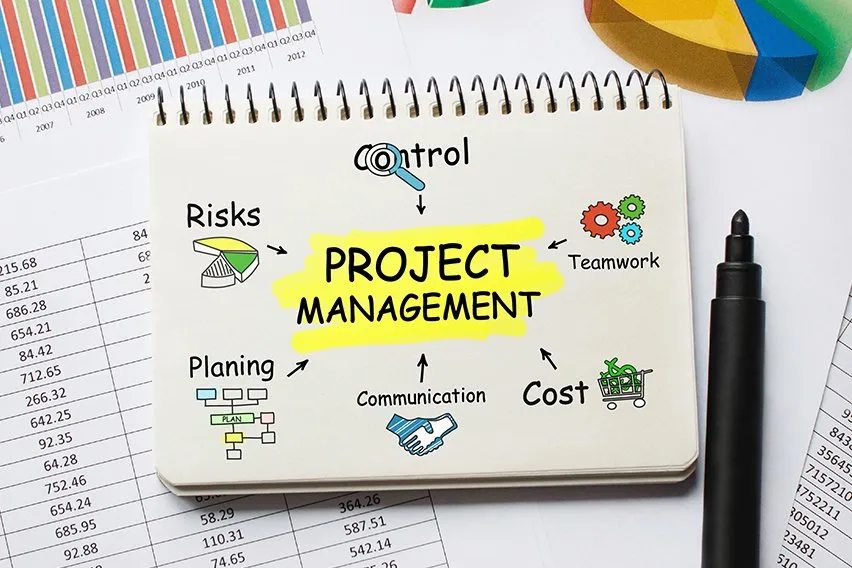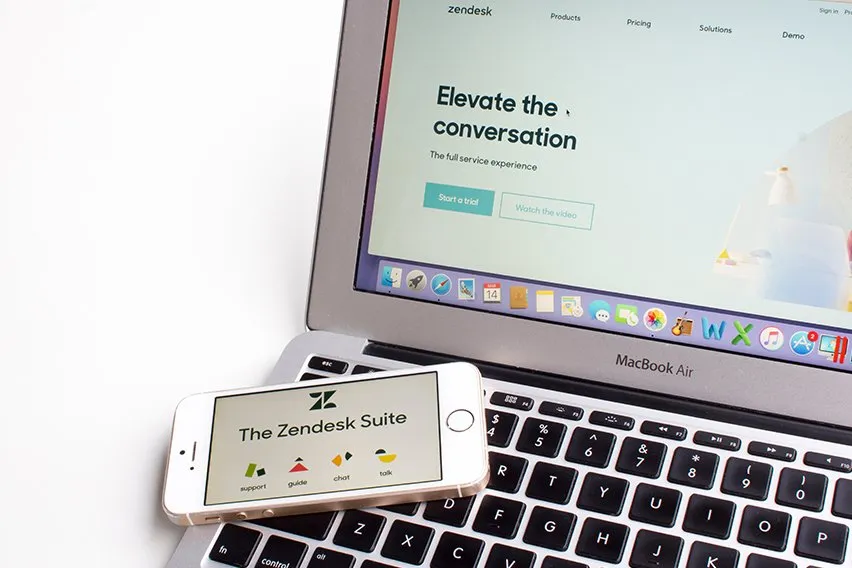What Is a Performance Plan? How to Establish a Performance Plan

Sometimes as a business owner you will come across employees who struggle. When these employees are identified, you’ll need a strategy for how to help them. In most cases you’ll want to establish a performance plan. These can also be called performance improvement plans, or PIPs. They’re meant to help your employee get back on track, and are beneficial for both parties.
Here’s What We’ll Cover:
What Is a Performance Plan Used For?
How to Develop a Performance Improvement Plan
Tips to Keep Employees on Track
What Is a Performance Plan Used For?
Performance plans are used to help improve an employee’s work performance. They can be inclusive of both professional and personal growth in most cases. The main goal of performance improvement plans is to help employees reach their full potential. This can help the employee and the company. The employee will open up new opportunities for growth, and the company will benefit from their hard work.

How to Develop a Performance Improvement Plan
When you’re trying to build an employee performance plan, be sure to refer to the steps listed below. They’ll get you started in the right direction, and will lead to a successful plan.
1. Meet With the Employee
It’s your responsibility as a manager or a business owner to address the performance issues at hand. This should be handled by having a gentle meeting with your employee. Meetings should focus on the tasks that need improvement, not on the employee personally. Be sure that any performance issues have anecdotal documentation for support.
In the meeting be sure to discuss the performance needs of the company. You’ll want to bring the standard key performance indicators to the conversation. You’ll also need the performance levels of the employee for comparison.
Ask them in a kind way what may be impeding their performance. There may be circumstances outside of the office that are making an impact. This can be due to health, finances, or life-changing events. Do not press for details. This can be considered a violation of their privacy.
2. Develop Employee Performance Plans
After a discussion has been had with the employee it’s time to build their plan. When building a plan, you want to keep them involved in the process. A performance plan template should have the following items.
- Key performance indicators as benchmarks
- A range of performance levels
- Measurable performance improvement measures
- Performance outcome measures to be met
- An established performance improvement period
- An outcome for both success and failure
When the key performance indicators that need work have been identified, ask the employee how they plan on improving. Allowing the employee to assist in the creation of improvement measures is highly important. It makes them feel like part of the process, and less like they’re being punished.
All aspects of the employee improvement plan need to be measurable. The measures must be able to be done via data. Behavioral measures are often subjective and unfair to employees.
3. Assist During the Improvement Period
Keeping an eye on the employee’s performance during the improvement period is key. You want your employee to succeed and grow. This helps them and it helps your company. Throughout the improvement period, keep track of the measurable objectives. Provide to the employee feedback, and help them to continue to improve.
4. Review Performance
Reviewing the employee’s performance is going to depend on the improvements observed. If an employee didn’t meet the performance outcome measures a discussion will need to take place. This will be where the employee’s future with the company is determined. Often, there will be several steps between the initial performance plan and dismissal. Consider probation periods and further improvement plans.
Should the employee succeed, discuss ways for them to stay on track. You want to foster their sense of accomplishment and help them further improve.

Tips to Keep Employees on Track
If you want to avoid further performance plans, keeping your employees engaged is important. To dissuade poor performance you’ll need to help them stay on top of things. This means engaging with them for more than just an annual performance report. Annual performance measures do have their place in the workplace, but they aren’t enough.
Consider having quarterly performance reviews with employees. These reviews tend to make an employee feel better about their position in the company. They also help identify possible performance issues before they can happen.
Key Takeaways
Performance improvement plans don’t have to be a daunting task. In fact, they should be regular and positive experiences. Creating an employee performance plan comes down to having a good template. It also helps to have good relationships with your employees. These relationships can be fostered through frequent performance reviews, and positive contact.
Are you looking for more guides like this one? Check out our resource hub for more information like this!
RELATED ARTICLES

 The 3 Best Email Blast Software (Free & Paid)
The 3 Best Email Blast Software (Free & Paid) How Is Overtime Calculated: A Step By Step Guide
How Is Overtime Calculated: A Step By Step Guide What Is a GPS Clocking System? The 4 Best Time Clock Apps with GPS
What Is a GPS Clocking System? The 4 Best Time Clock Apps with GPS 5 Best Free Ticketing System & Help Desk Software in 2025
5 Best Free Ticketing System & Help Desk Software in 2025 The 10 Project Management Knowledge Areas
The 10 Project Management Knowledge Areas The Best 4 Ticket Management System Software
The Best 4 Ticket Management System Software